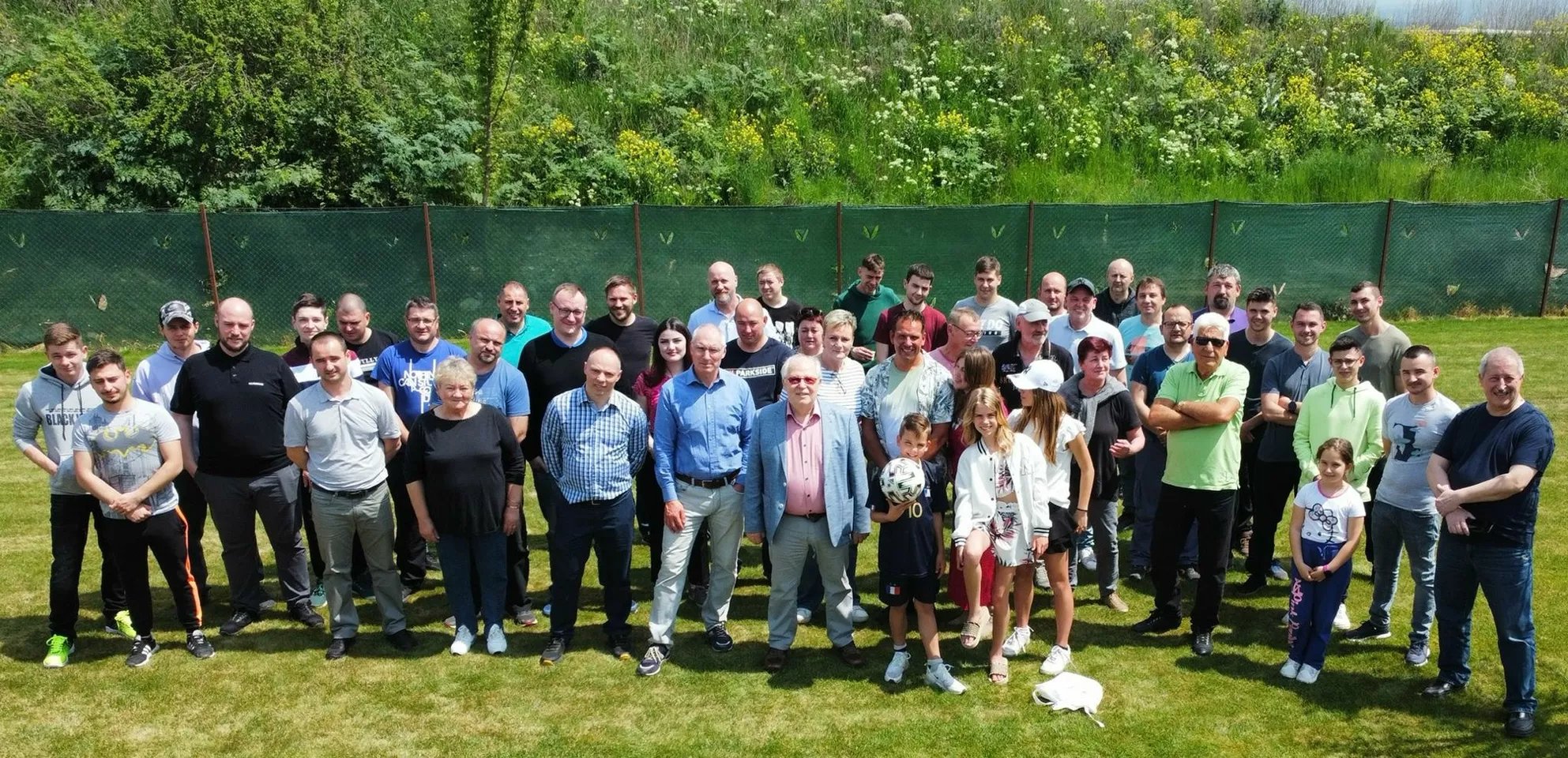Rubber Springs (Elastomer Dampers)
Rubber springs, also known as elastomer dampers, are available in various shapes, sizes, and rubber hardness grades. These springs are specifically developed for optimal isolation of noise transmission, vibrations, and shocks in the high-end market. Numerous TNO tests have demonstrated the exceptional performance of The Sebert Group's rubber springs. These rubber springs offer significant advantages over yielding straps, leaf spring mounts, and wire rope isolators regarding noise transmission.

Why choose The Sebert Group’s rubber springs
Our rubber springs are primarily made of natural rubber, which offers high fatigue resistance, minimal permanent deformation, and reasonable temperature resistance.
By using the correct resilient configuration with rubber springs, structural noise levels can be reduced by 10 to 20 dB. This results in a reduction in airborne noise levels by approximately 10 dB at low frequencies (around 100 Hz) and 25–40 dB or more at high frequencies (around 500 Hz), depending on the construction.
The rubber can withstand loads in all directions (compression, tension, and shear). While tension loads are typically avoided for "standard" rubber springs, our N-type rubber springs can handle tension loads of up to 70 mm, specially for Nay applications.
By adding a metal protective cap on the upper side, the rubber is shielded from external influences, such as mineral oils, which can penetrate natural rubber.

Installation
Rubber springs can be installed in any direction. Ensure they are symmetrically placed relative to the center of gravity. If the springs are mounted underneath the unit and the center of gravity is relatively high, consider the possibility of lateral movements. Additional stabilization on the (upper) side may be required.
The primary advantage of mounting the springs at a 45-degree angle under the unit is that shock and vibration behavior is optimized in both horizontal and vertical directions. For potential tension loads (at a 45-degree angle), note that the force-displacement diagram becomes more progressive.
Key features
- Exceptional acoustic properties, as confirmed by various TNO tests.
- Our rubber springs can bear loads in all directions (compression, tension, and shear).
- Operating temperatures range from -30°C to +70°C.
- Natural rubber resists inorganic acids, bases, and salts, except concentrated nitric acid.
- Achievable natural frequency of up to 2.5 Hz with a spring travel of 70 mm.
- Static loads ranging from 5 kg to several tons.
- High energy absorption reduces stress on machines and foundations.
Case study
A client of The Sebert Group manufactures cooling machines for the Royal Navy. Shock requirements were set at 260g acceleration with a pseudo-velocity of 5.2 m/s and a displacement of 45 mm (under the springs). A shock and vibration analysis was conducted to ensure the cooling machine met these stringent naval standards.
The analysis revealed that a shock reduction of 9g with a duration of 13 ms was achievable using an N-type spring. Our test lab performed a drop test from 87 mm to validate the calculated shock values.
During the test, the cooling machine remained functional, and post-test measurements confirmed an acceleration of 9g with a duration of 15 ms. Thus, the cooling machine met the "extreme" requirements of the Royal Navy.

Do you have any questions?
Want to learn more about our testing methods or specific tests? Our experts are here to help with any inquiries you might have. Reach out today and find out how the Sebert Group can support you in delivering unmatched quality and reliability.
